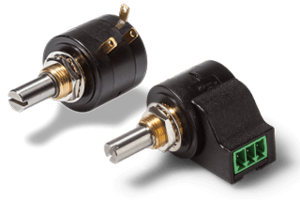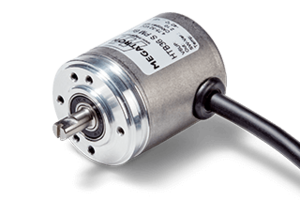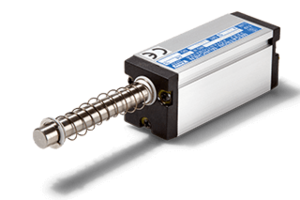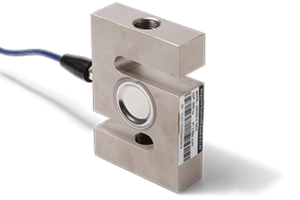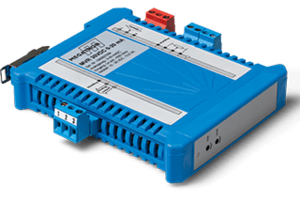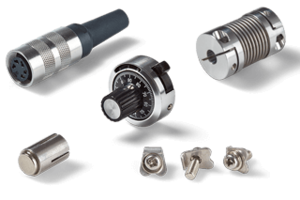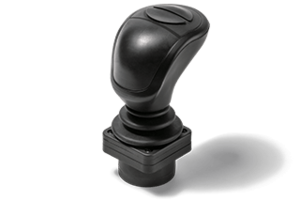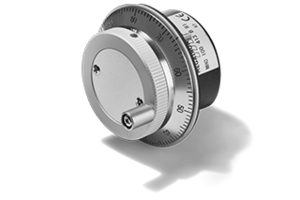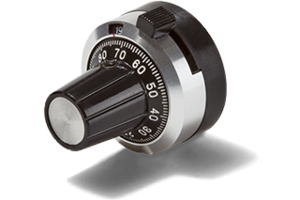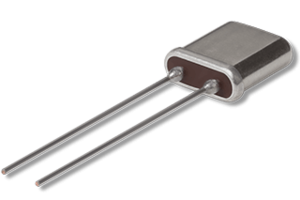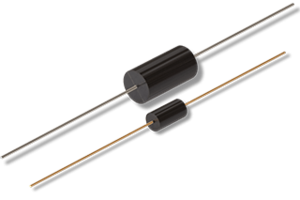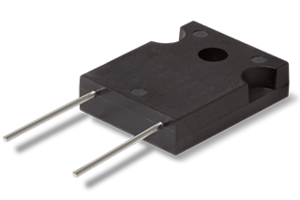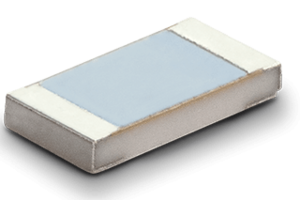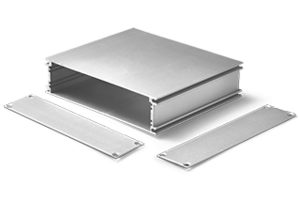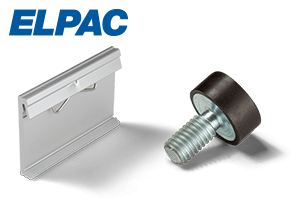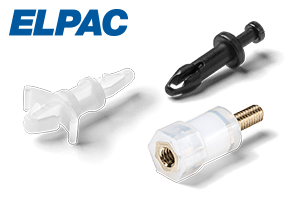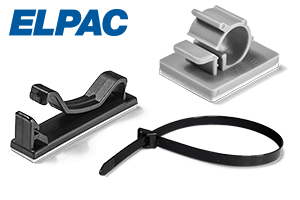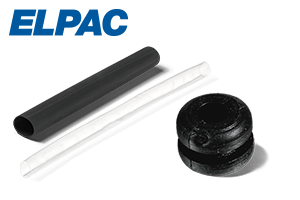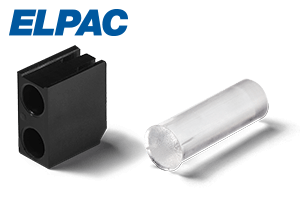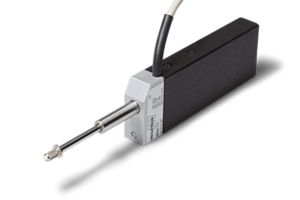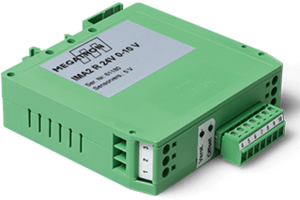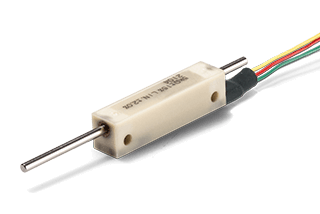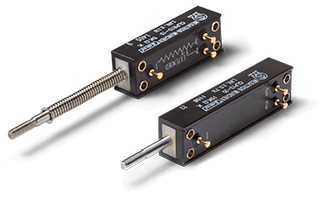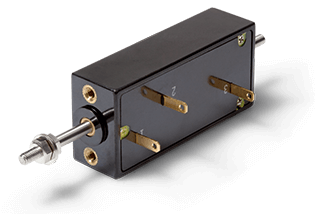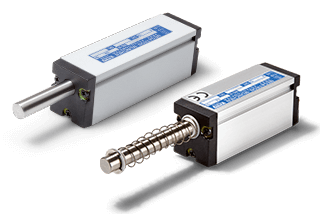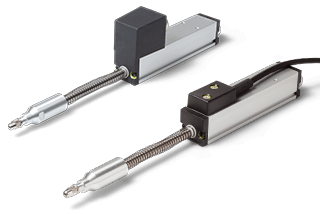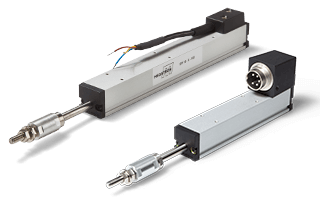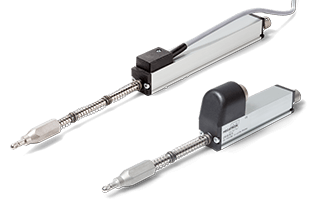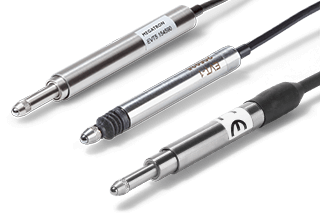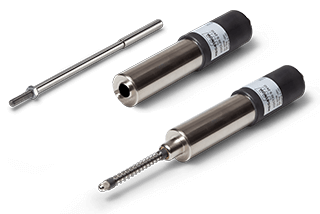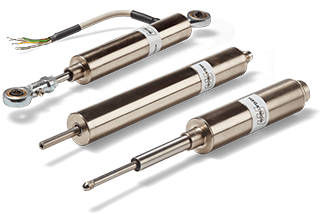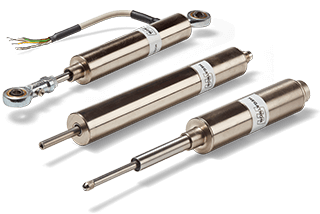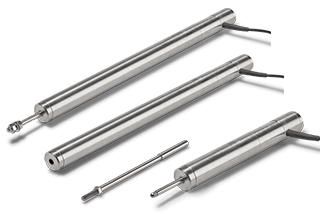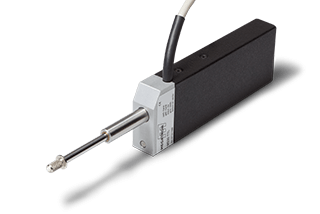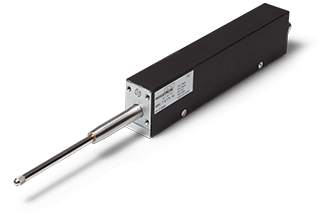Probes
Potentiometrical, magnetical and optical probes
Guide for Probes
Index
Basic questions about linear sensors? Here you will find the answers
What is a probe?
A probe is a displacement sensor that detects linear movement. It has a thread at one end of the push rod onto which a probe head is screwed. The probe is used to mechanically 'scan' an object to determine its surface structure (thickness, height, depth). Typically a spring return transducer is used for this purpose. The spring pushes the push rod together with the probe head against the object. Depending on the application, the position can be easily determined, e.g. for different heights or depths on a surface. For the mechanics and sensors of the measuring unit, this means that: When the level on the surface of the object changes, the push rod is moved in that direction. This mechanical movement is 'transmitted' by the push rod to a sensor element and converted into electrical signals.
Sensor technologies
We offer our probes with the following sensor technologies:
- Linear potentiometer probes
- Inductive LVDT probes
- Incremental probes
- Hall effect linear sensor probes
Depending on the technology used, the transducers provide analogue, absolute or incremental signals. Our IMA2-R amplifiers for potentiometric sensors and IMA2-LVDT for inductive sensors are available to process the analogue signals.
Inductive transducers can be used to measure both very small and precise values. They are also particularly suitable for use in harsh environments. We offer products with high IP protection, for high atmospheric pressure and for high temperature ranges.
The incremental displacement sensors with optoelectronic sensor technology measure virtually a real displacement. This is achieved by means of a glass measuring rod with an extremely precisely manufactured line grating, giving an accuracy of up to 1 µm. They are ideal for metrology applications.
Our linear potentiometers are our all-rounders. In the sense that they can be used wherever the application allows. They offer the benefits of potentiometric technology and are available in a wide range of variants.
Actuating force and spring rate
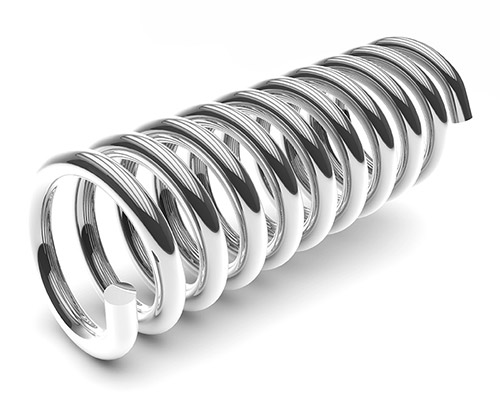
The operating force for push rod spring return probes is determined at room temperature. A spring is a mechanical component whose properties can change depending on the ambient temperature and frequency of use.
It is often necessary to adjust the actuation force to suit the environmental conditions. In such cases, we offer the possibility of product optimization and adjustment of the actuating force or spring rate.
A note at this point: Do not subject the probe to mechanical shock as this may cause mechanical damage. For example, do not allow the probe to be pulled back uncontrollably.
Mounting instructions
Mounting blocks or mounting flanges are available for mounting. Core extensions are also available for length compensation between our LVDT sensors and the surface to be measured. Probes should be mounted at right angles to the base or surface. MSO and MSV series sensors should be mounted on a flat surface.
Probes detect linear travel with a probe head screwed to the push rod of a displacement sensor. They are used for direct mechanical scanning of surface structures or as precision limit switches. For these tasks, probes are available with or without spring return and can detect travels to an accuracy class of 1 µm and above.
Mechanical travels from 1.3 mm to 200 mm are available with potentiometric, optoelectronic or magnetic (inductive or Hall based) sensing technologies. Each measurement system has its own advantages depending on the application. Customization is often required for demanding applications.
MEGATRON is your partner for individual product optimization tailored exactly to your application. Our aim is to achieve the best functional and economic result. With high delivery reliability and assured product quality, we focus on long-term partnerships and accompany you throughout the entire life cycle of your application.
 EN
EN DE
DE ES
ES FR
FR IT
IT
